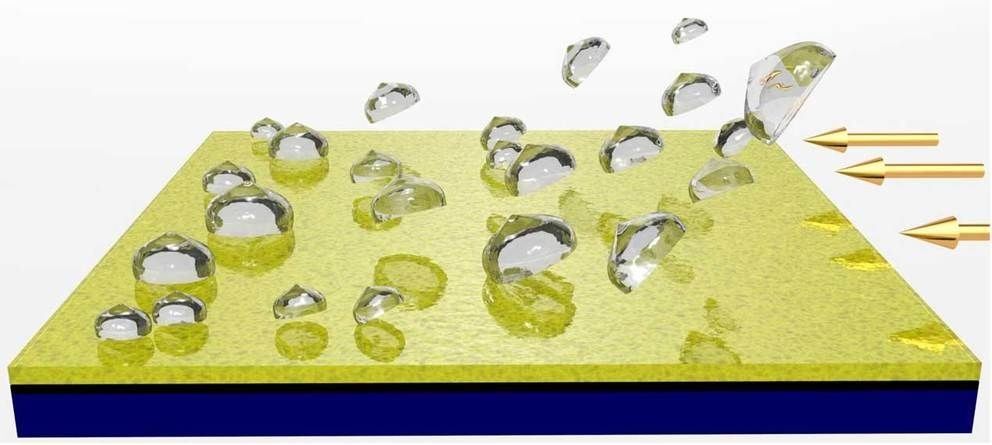Jan 17, 2019
Rationality: research shows we’re not as stupid as we have been led to believe
Posted by Xavier Rosseel in category: robotics/AI
‘’Computational rationality leads to a deeper understanding because it goes beyond descriptions of how we fail. Instead, it shows us how the brain marshals its resources to solve problems. One benefit of this approach is the ability to test theories of what our abilities and constraints are.
Decades of psychological research suggests humans are rather irrational. But a new approach, borrowing an idea from artificial intelligence, challenges this notion.
Continue reading “Rationality: research shows we’re not as stupid as we have been led to believe” »


















